Fast radio bursts (FRBs) – rapid explosions in space that emit intense electromagnetic radiation – have puzzled astronomers since their discovery over 15 years ago. These bursts have been typically traced to areas far beyond our Milky Way galaxy. But in April 2020, we saw the identification of the first FRB within our galaxy, which was emitted by a unique, city-sized neutron star known as a magnetar (SGR J1935+2154). Now, a new study reveals that another cosmic event happened just a short time later.
Magnetars have immensely powerful magnetic fields and some scientists believed they might be responsible for FRBs observed in other galaxies as well. But the evidence for this theory remained inconclusive.
Astronomers have been closely monitoring SGR J1935+2154 post the April 2020 discovery and noticed a separate cosmic event known as a radio pulsar phase, five months later.
795 Pulses
Using the gigantic 500-meter Aperture Spherical radio Telescope (FAST) in China, the international team of scientists found that both the FRB and the pulsar phase emerged from different regions of the magnetar, suggesting different origins.
“FAST detected 795 pulses in 16.5 hours over 13 days from the source,” says Weiwei Zhu, the study’s lead author from National Astronomical Observatory of China (NAOC), in a university release. “These pulses show different observational properties from the bursts observed from the source.”
Radio pulses are like FRBs but are far less bright. They are usually seen in other types of neutron stars called pulsars. Unlike magnetars, which generally don’t emit radio pulses, certain magnetars temporarily act like pulsars after certain activities.
“Like pulses in radio pulsars, the magnetar pulses are emitted within a narrow phase window within the period,” says UNLV astrophysicist Bing Zhang, the study’s corresponding author and director of the Nevada Center for Astrophysics. “This is the well-known `lighthouse’ effect, namely, the emission beam sweeps the line of sight once a period and only during a short interval in time in each period. One can then observe the pulsed radio emission.”
FRB Revelations
Interestingly, the April 2020 FRB and subsequent less intense bursts were emitted randomly and not within this pulse window.
“This strongly suggests that pulses and bursts originate from different locations within the magnetar magnetosphere, suggesting possibly different emission mechanisms between pulses and bursts,” notes Zhang.
These observations on a galactic FRB provide valuable insights into the enigmatic FRBs in other galaxies. Although many of these far-off FRBs have been observed to repeat, their periodicity, or the regular intervals at which they occur, hasn’t been identified. This casts doubt on the previously held notion that magnetars power these repeating FRBs.
“Our discovery that bursts tend to be generated in random phases provides a natural interpretation to the non-detection of periodicity from repeating FRBs,” says Zhang. “For unknown reasons, bursts tend to be emitted in all directions from a magnetar, making it impossible to identify periods from FRB sources.”
The study was published in the journal Science Advances.
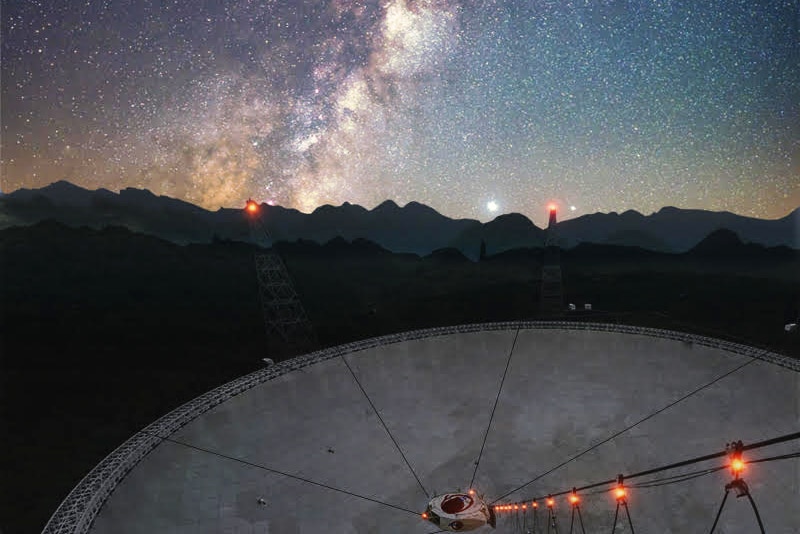
-392x250.png)
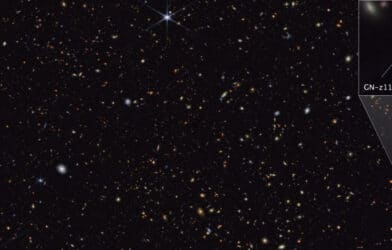
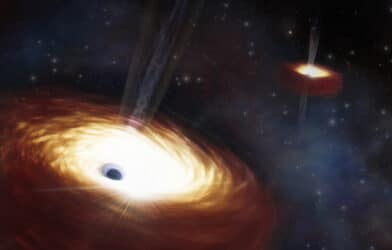
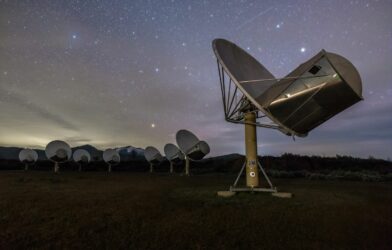

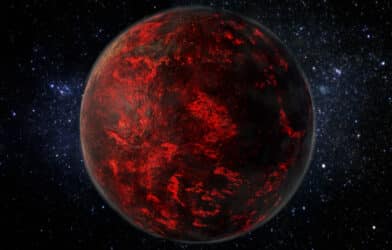






Very interesting!!